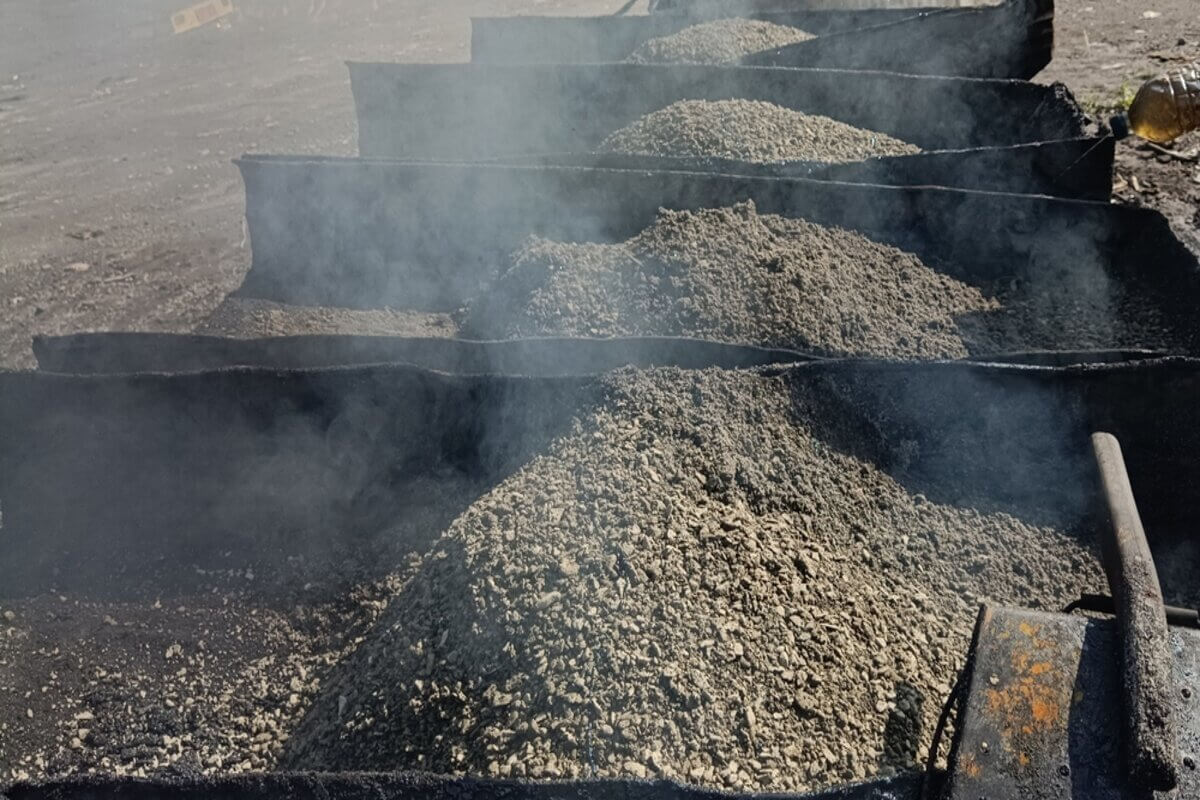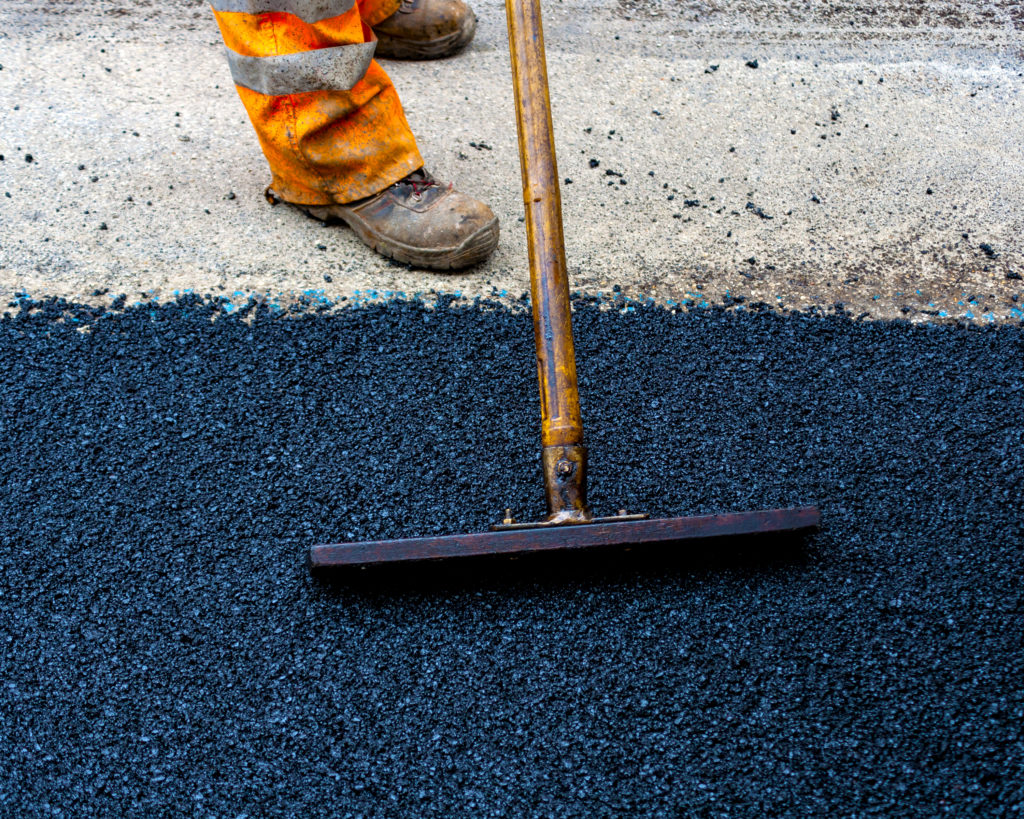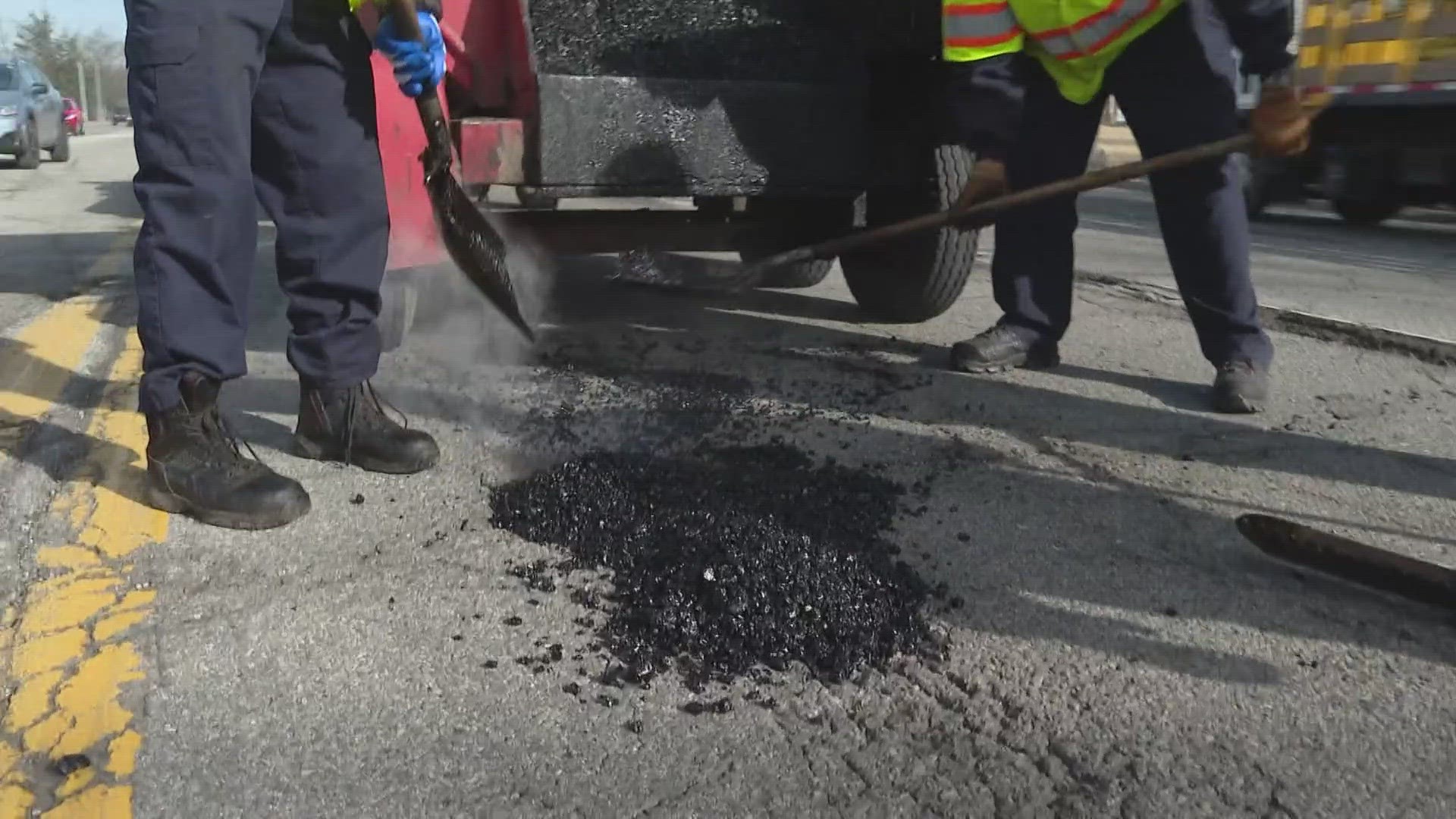Reimagine Your Area: Hot Mix Asphalt Paving for Angled Parking Lot Jobs
Reimagine Your Area: Hot Mix Asphalt Paving for Angled Parking Lot Jobs
Blog Article
Opening the Keys of Warm Mix Asphalt Modern Technology
Discovering the midsts of hot mix asphalt modern technology discovers a world where careful processes and specific formulas merge to shape our roadways and facilities. The fusion of binders, aggregates, and fillers isn't merely a building task however a strategic orchestration of resilience and performance.
Significance of Warm Mix Asphalt
Hot Mix Asphalt plays an essential duty in modern facilities development because of its sturdiness and cost-effectiveness. As the most frequently made use of paving material for roadways, highways, and parking area, Hot Mix Asphalt uses a series of benefits that add to its importance in building tasks. One key advantage is its capacity to withstand heavy web traffic lots and harsh weather, giving a lasting and trustworthy surface for transportation networks. Furthermore, Hot Mix Asphalt is economical in both first building and construction and long-term maintenance, making it a preferred option for lots of framework tasks.
The resilience of Hot Mix Asphalt stems from its make-up, that includes accumulations, binder, and filler products that are thoroughly picked and blended to satisfy certain performance requirements. This precise mix causes a strong and flexible sidewalk that can sustain regular use without significant deterioration. Additionally, Hot Mix Asphalt is 100% recyclable, additional boosting its sustainability and environmental advantages. Generally, the value of Hot Mix Asphalt in framework advancement can not be downplayed, as it proceeds to be a foundation of contemporary construction techniques.
Elements of Asphalt Mixes
The composition of asphalt mixes consists of thoroughly chosen accumulations, binder, and filler materials that are critical for achieving specific performance requirements. Aggregates are the main element of asphalt blends, supplying toughness and stability. The binder, usually asphalt or asphalt concrete, holds the accumulations with each other and supplies versatility and longevity to the mix.
The mix and percentage of these parts play a considerable function in determining the top quality and efficiency of the asphalt mix. Engineers very carefully make the mix to fulfill certain needs, considering factors like traffic quantity, environment problems, and pavement lifespan. Proper option and harmonizing of accumulations, binder, and fillers are crucial for developing long lasting, resilient asphalt pavements.
Mixing and Manufacturing Methods

As soon as the accumulations are chosen, the binder, usually asphalt concrete, is included to bind the products with each other. The binder's high quality and quantity substantially affect the mix's adaptability, resistance, and toughness to environmental variables. In addition, fillers like hydrated lime or Portland cement might be integrated to enhance specific features of the asphalt mix, such as its workability or dampness resistance.
During production, the accumulations and binder are heated up, usually between 250-325 ° F(121-163 ° C ), to assist in mixing and guarantee correct finish of the aggregates. The mixing procedure should be thorough to attain a homogeneous mixture that advertises the desired efficiency attributes of the asphalt. Different strategies, such as batch blending or drum mixing, are utilized to accomplish premium and constant asphalt mixes for construction jobs.
Elements Influencing Asphalt Performance
Variables influencing asphalt efficiency include a variety of variables that influence the toughness, longevity, and general quality of asphalt pavements. One key variable is the quality of products used in the asphalt mix. The type and resource of aggregates, the binder high quality, and the ingredients all play a significant function in establishing the performance of the asphalt sidewalk. The rank of accumulations is important as it impacts the mix's resistance, workability, and security to fracturing and rutting.

Environmental conditions additionally influence asphalt efficiency. Temperature level variations, dampness seepage, and website Get More Info traffic lots can all impact the structural honesty of the sidewalk. Style considerations, such as sidewalk thickness and water drainage, are essential in ensuring the lasting efficiency of the asphalt sidewalk. By thoroughly considering these aspects, specialists and engineers can enhance asphalt efficiency and enhance the service life of pavements.
Lasting Practices in Asphalt Innovation

Additionally, the development of warm-mix asphalt (WMA) technologies has obtained grip recently. WMA permits the manufacturing and placement of asphalt mixes at lower temperatures contrasted to standard hot-mix asphalt, leading to reduced energy consumption and greenhouse gas discharges. The use of permeable asphalt mixes can aid minimize stormwater runoff concerns by enabling water to penetrate through the sidewalk and into the ground, advertising natural water filtering and recharge procedures. By implementing these lasting practices, the asphalt market can contribute to developing a more eco-friendly and durable infrastructure network.
Conclusion
In conclusion, hot mix asphalt innovation plays a vital duty in modern-day infrastructure development because of its toughness and cost-effectiveness. By carefully stabilizing parts, using correct blending strategies, and thinking about different aspects, engineers can produce premium asphalt mixes that endure hefty traffic lots and rough weather. Accepting sustainable practices, such as using warm-mix innovations and recycled materials, further boosts the ecological friendliness of asphalt innovation.
Mixing and manufacturing methods in hot this post mix asphalt technology entail the accurate combination and handling of aggregates, binder, and fillers to create a high-performance and long lasting asphalt mix.Elements affecting asphalt efficiency encompass an array of variables that affect the resilience, long life, and general quality of asphalt sidewalks. Sustainable techniques in asphalt innovation incorporate different initiatives intended at reducing the ecological impact of asphalt production and paving procedures. By integrating reclaimed asphalt sidewalk (RAP) and recycled asphalt shingles (RAS) right view it now into brand-new asphalt mixes, the sector can considerably lower the usage of raw products and energy, while additionally decreasing garbage dump waste.
WMA permits for the production and positioning of asphalt mixes at lower temperature levels compared to standard hot-mix asphalt, resulting in reduced energy intake and greenhouse gas emissions.
Report this page